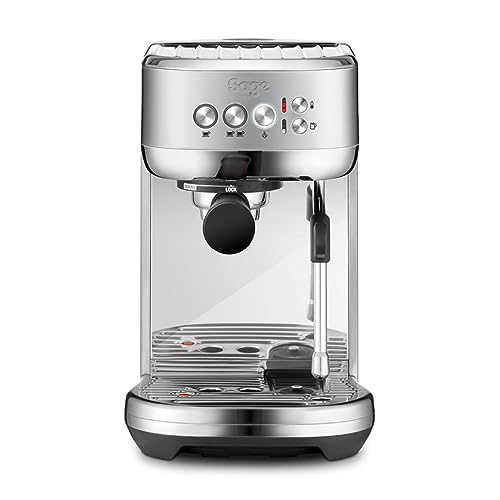How to Make Espresso Machine Coffee
An espresso machine can produce delicious cups of coffee, but it requires some more set-up and upkeep than a traditional drip coffee maker. It also requires that you grind and tap your own beans.
coffee espresso machines to make espresso is pressure. Here's how an espresso machine works: a heating vessel prepares water to the right temperature, then it pushes it through the grounds and out the spouts.
Temperature
Espresso is produced by pushing hot water under pressure through finely ground coffee beans. The temperature of the water is crucial to the quality of the final shot. Low temperatures lead to less extraction of the essential flavor compounds. The high temperatures can cause over extraction, which may cause bitter or burned taste.
The ideal temperature for espresso is between 195 and 205degF. This temperature can be achieved by using a grouphead that is designed to ensure an unchanging temperature and stability throughout the process of brewing. The most popular type of group head is the E61 that offers the stability of temperature with pre-infusion and lever control.
When adjusting the espresso machine for different roasts and brew ratios, it is important to consider the impact of temperature on extraction yield and crema. The ideal temperature will vary depending on the roast and the bean. However, a general rule is that lighter roasts with higher brew rates require higher temperatures. A high-quality thermocouple is crucial to keep the same temperature.
Pressure
During the brewing process espresso machine coffee is pushed through finely ground and tamped coffee grounds. This triggers chemical reactions which extract flavors, oils and other soluble components from the beans. The resultant drink is usually more flavorful and richer than regular coffee.
The ideal espresso machine's pressure should be nine bar that's equivalent to the atmospheric pressure at sea level. This is due to the fact that it is at this pressure that the espresso bean's soluble compounds are the easiest to extract.
Some espresso machines advertise up to 20 bars of pressure. These machines could achieve these pressure levels, but they might not maintain them throughout the extraction.
To put it into perspective, one bar of pressure equals 32 pounds per square inch, or PSI, of a car tire. It's nearly four times the pressure that a professional cyclist needs to pump their bike tires. Any serious home barista must to be able to control the pressure of their espresso machine, and also produce consistent espressos.
Water
Water is an essential component in a great cup of espresso. The right water allows your beans to extract their maximum potential. However, the wrong water could cause problems like clogging pipes or even damage to your expensive machine.
To get the best espresso extraction make sure you choose a natural spring with high mineral content. This water will enhance the taste of your espresso without chalky mineral traces found in tap or bottled water. This is an excellent alternative to distilled water or reverse osmosis, which can be too pure and cause flavor problems.
But, you shouldn't use filters that remove excessive minerals from your tap water as this can also cause flavor and extraction issues. Purchase a water testing kit to determine the average hardness of your water at the local level. This can be used to determine a filtration system that will provide the right specifications for the water in your espresso machine.
Beans
The majority of coffee lovers become enthralled in the entire process of making espresso. They obsess about a number variables, like temperature, pressure in the water and viscosity. If one of the variables is slighty off, the entire shot may taste bad.

The most important thing to consider in the matter of espresso is the beans used. Many believe that only certain varieties are suitable for espresso. While certain beans are to be used for specific purposes but any bean that is roasted can be used for espresso. Espresso beans are roasted for longer than regular coffee beans, and tipycally over the second crack. This makes them appear darker and makes them more water-soluble.
The best beans for espresso are typically medium roasted or dark roasted, giving the espresso shots their distinctive richness and vigor. Lightly roasted beans can be used to make excellent espresso, especially when they are ground prior to use for convenience in an espresso maker.
Milk
Espresso and milk is a traditional combination. The coffee doesn't just increase energy levels, but the steamed milk helps balance the bitterness of espresso and also adds a wonderful creamy flavor. There are few culinary duos better than this one!
If you decide to get an espresso machine that can make latte or cappuccino take a look at how easy it is to use. A lot of the top machines come with a jug that can be used for hot or cold coffee and steam wand. They also come with a portafilter for pulling the shot. Some models come with a built-in grinder, tamper, and frother.
To get rid of any condensed liquid, the steam wand must be cleaned each day prior to use (or after each cup of espresso). The process takes only 30 seconds, yet it is vital to keep your machine running smoothly. If you don't cleanse, it can cause a bitter taste and/or a buildup of bacteria which can alter the taste or odor of your beverage. It's simple to do and should be a part of your regular maintenance schedule.
